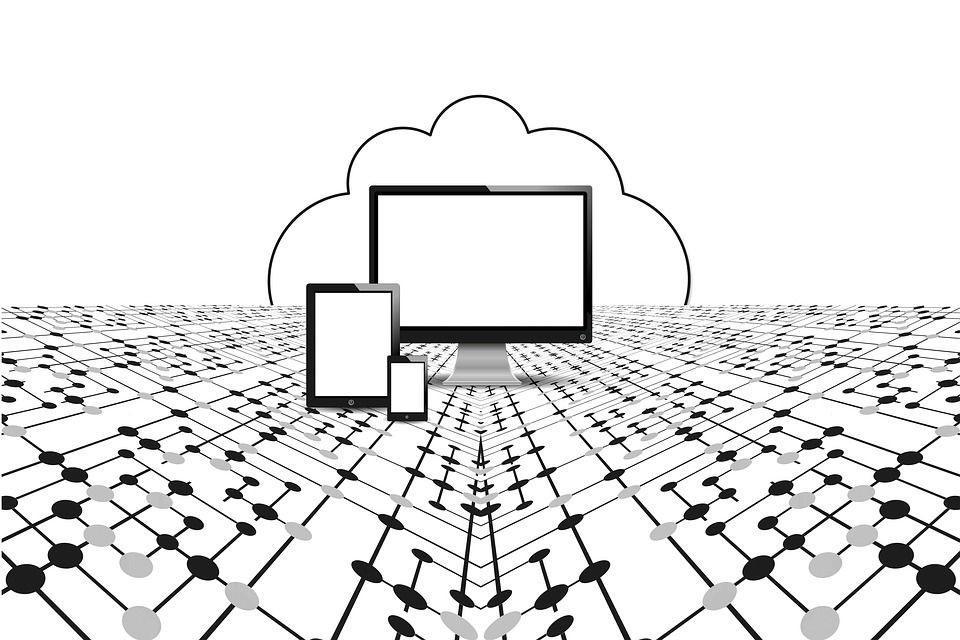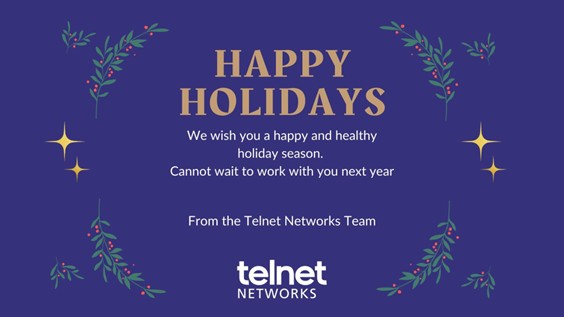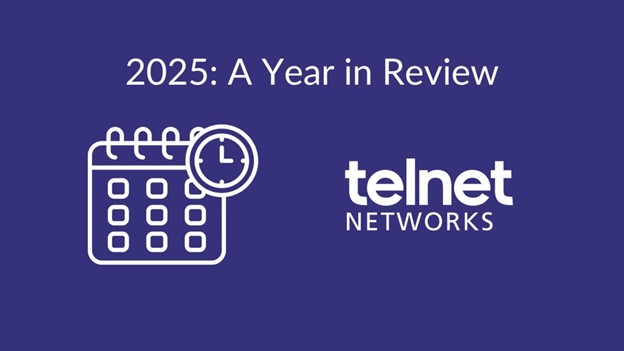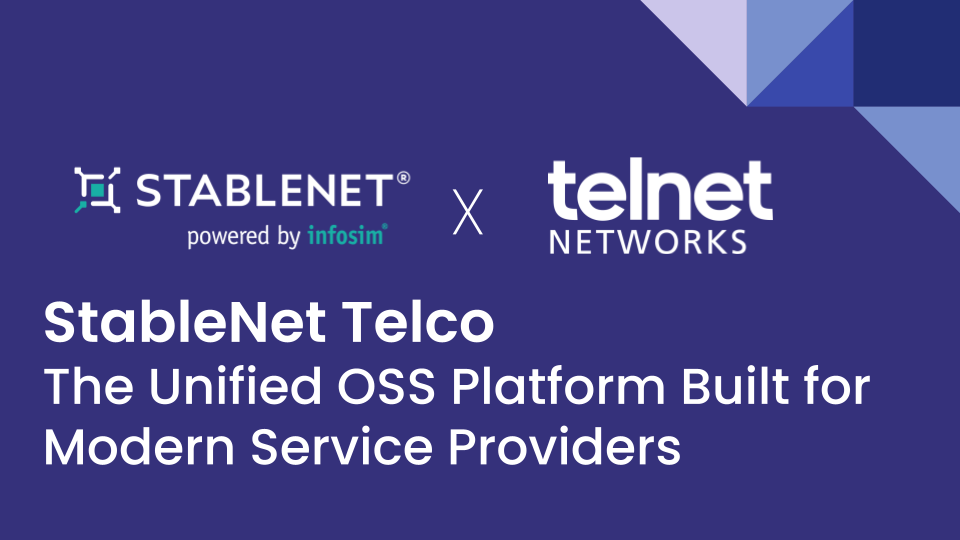Continuing our focus on the challenge of performance monitoring in the Cloud, David Hock, Director of Research at Infosim, discusses their approach to “Multi-Cloud Monitoring.” We interviewed David Hock and this is what he had to say.
You discuss Multi-Cloud monitoring, what do you mean by that term?
Sourcing of services from different Cloud services providers e.g. Azure, Amazon, Office 365 requires monitoring the services availability, performance and utilization across the different platforms and technologies.
MultiClouds require Cross-Silo monitoring of services for Servers, Storage, distributed, regional Networks, Virtual Systems, Containers, multiple Clouds, App/Web STMs, Enterprise Applications & Infrastructure.
Ensure hybrid services based on legacy infrastructures and systems and multi-provider Cloud services via cross-provider, cross-technology, and cross-silo monitoring in a way, your operations staff can still handle.
you need to be able to track issues internal and external where they occur and in a reasonable time.
Lots of people when they think about monitoring infrastructure in the Cloud, they think about the tools native in the Cloud providers solutions, why do you think an enterprise should consider a third-party solution such as StableNet?
Cloud SP tools do usually work only per Cloud SP and not cross SP! You need to be able to get a holistic view on your utilized services and not a large number of individual limbs which your operations team needs to correlate manually.
StableNet combines the “passive” monitoring of reading out data from the APIs provided by the respective Cloud providers with “active” probing testing different parameters externally.
Here are two examples below:
Amazon, Azure & Co do “natively” provide information about the CPU usage, the memory usage, the number of disk writes, etc. but not about the actual services running in the virtual machine/Cloud instance. If you want to know how many emails you sent/calendar entries you have/etc., you can ask the Cloud API. If you want to measure how long sending and receiving an email takes or how long adding a contact takes, you need to do external probing – StableNet offers this and combines both worlds/approaches.
If your Cloud provider offers you certain RAM, CPU, etc., the APIs help you to check the actual usage. However, if you want to measure the actual SLA, i.e., whether your service runs smoothly or not, you need external measurements.
How does StableNet differ from other third-party monitoring solutions for Cloud monitoring?
StableNet addresses and ensures hybrid services monitoring based on legacy infrastructures and systems and multi-provider Cloud services via cross-provider, cross-technology, and cross-silo monitoring in a way your operations staff can still handle.
In particular, you do not need yet another tool and graphical user interface but can combine the data in the existing monitoring using renown interfaces for integration.
If a customer has an end-to-end enterprise application service which may consist of elements of public, private and on-premise infrastructure is StableNet able to understand the interrelationship between these components?
StableNet e.g. StableNet Service Analyzer and highly automated StableNet Network Service Analyzer does support analysis tools to model and track cross-provider, cross-technology, and cross-silo infrastructure constellations.
Furthermore, well, known StableNet technologies like the automated root cause analysis, derived measurements, dynamic rule generation can also be used to combine different measurement sources of hybrid Cloud, network, etc.
What is the best way for someone who is interested to see StableNet in action?
Browse our StableNet Web page here.
Watch our Webinar Recordings to see many examples here.
Thank you to KedronUK for the article with Infosim.






